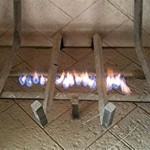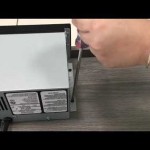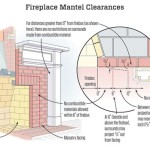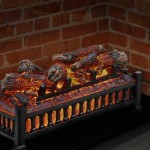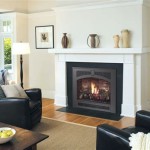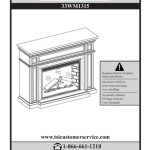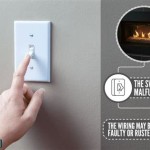Essential Aspects of Fireplace Surround Building Materials
A fireplace surround is a crucial element that frames the hearth and enhances the overall ambiance of a room. When selecting the right building materials for your fireplace surround, it is essential to consider factors such as durability, heat resistance, aesthetics, and ease of maintenance. This guide will explore the key aspects you should keep in mind while choosing fireplace surround building materials.
Durability and Heat Resistance
Fireplace surrounds are exposed to high temperatures and smoke, so opting for durable and heat-resistant materials is imperative. Some ideal options include:
- Natural Stone: Granite, marble, and limestone are excellent choices due to their exceptional durability and ability to withstand heat.
- Brick: Classic and timeless, brick is highly fire-resistant and can endure high temperatures.
- Cast Iron or Steel: These metals are extremely strong and heat-tolerant, making them suitable for traditional or contemporary fireplace surrounds.
Aesthetics and Style
The fireplace surround should complement the overall design of the room. Here are some popular style options:
- Classic: Natural stone or brick surrounds exude an elegant and timeless charm that suits traditional interiors.
- Modern: Metal surrounds, such as cast iron or steel, offer a sleek and contemporary look.
- Rustic: Rough-hewn stone or reclaimed wood can create a warm and inviting ambiance in rustic-themed rooms.
Ease of Maintenance
Fireplace surrounds require regular cleaning and maintenance to keep them looking their best. Consider materials that are easy to clean and resistant to staining and fading, such as:
- Soapstone: Naturally non-porous, soapstone is easy to clean and develops a beautiful patina over time.
- Tile: Ceramic or porcelain tiles are durable and come in a wide range of colors and finishes, making them easy to match any decor.
- Metal: Cast iron and steel surrounds can be easily wiped down to remove soot or dust.
Additional Considerations
In addition to the factors mentioned above, consider these additional points:
- Fire Code Requirements: Check local building codes to ensure your chosen materials meet fire safety standards.
- Budget: Fireplace surround materials can vary in cost, so determine your budget before making a decision.
- Professional Installation: While some materials may be suitable for DIY projects, complex surrounds may require professional installation to ensure proper safety and aesthetics.
Conclusion
Choosing the right fireplace surround building materials is crucial to creating a safe, durable, and visually appealing focal point in your home. By considering factors such as heat resistance, aesthetics, ease of maintenance, and additional considerations, you can find materials that will enhance the ambiance of your space for years to come.

Dk Studio

Fireplace Design Idea 6 Diffe Materials To Use For A Surround

Custom Built Fireplace Surround Install A New Mantel Hearth

Fireplace Design Idea 6 Diffe Materials To Use For A Surround

Verona Cast Stone Fireplace Surround Oregon Castings And Design

Guide To The Right Fireplace Hearth Direct Fireplaces

How To Build Install A Fireplace Mantel We Love Fire

What Are The Diffe Types Of Wooden Fireplace Surround Direct Fireplaces

Choosing The Right Fireplace Materials For Your Design

Fireplace Design Idea 6 Diffe Materials To Use For A Surround
Related Posts

